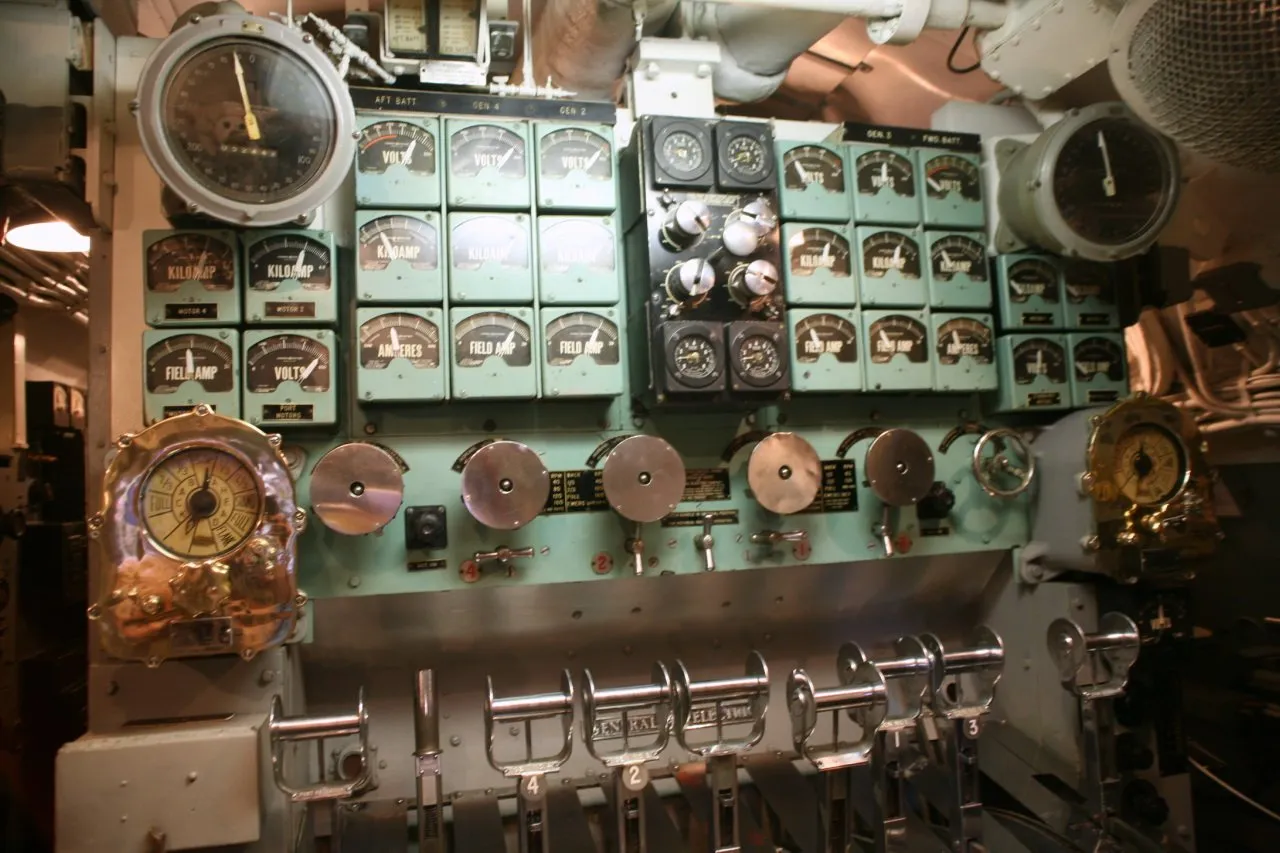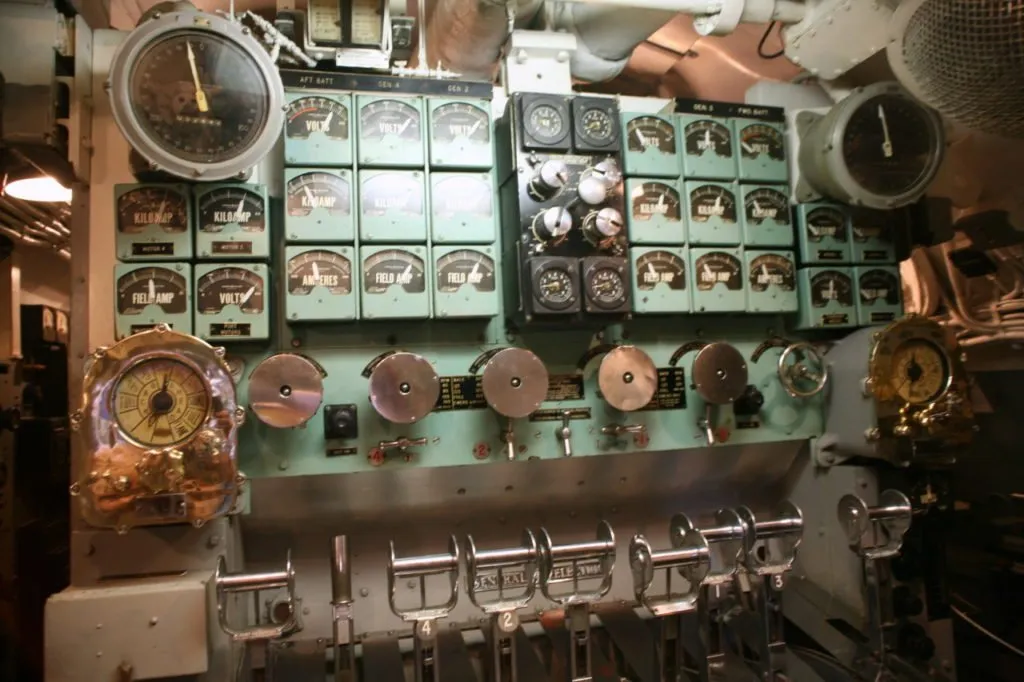
A load flow study is the trickiest of the critical four power system studies: it evaluates your power system's capability to adequately supply the connected load while staying within proper voltage and current ranges. The load flow study report will determine the voltages and power factor at all your buses, as well as currents or power flow on all your feeders. A load flow study is also called a power flow study.

Load flow studies determine the voltage and current at all the nodes - source
Why have a load flow study completed?
Completing a load flow study on an existing system will provide recommendations for system operation and optimize the system operation to minimum operational costs. Understanding the power flows on various system feeders will allow the operators to understand if there is spare capacity, if there are areas of the plant that are overloaded, and if there are operational configurations that will save energy and the associated costs.

Saving Energy with new Equipment
Energy Savings
There are a few results of the load flow study that will help you understand if the power system is operating in the most efficient manner. With the rising cost of energy, it makes sense to ensure that the power system is operating in the most efficient manner for as many different configurations as possible.
One way to do this is to add power factor correction to the system that will limit the system's energy consumption. With the load flow study you will be able to understand where a single bank of power factor correction capacitors will make the best difference.
A larger energy cost saving measure is removing new peak demand from the system. A load flow study will allow operations to understand the best way to limit the impact of a new demand peak.
Capital Expansion or Contraction

Sometimes removing the lights is the best option.
The one sure thing about an operating facility is change. Whether there are plans for expansion or system contraction, it makes sense to have a load flow study available to help understand which feeders have spare capacity. If system contraction is needed, a load flow study will allow the engineers to determine which feeders can be used to consolidate the remaining load.
Consolidating existing equipment loads to a couple of larger transformers will allow the transformers to operate near their optimal efficiency. This will also allow very lightly loaded transformers to be removed from the system, removing the magnetization current that is wasted energy.
When to have a load flow study completed?
The information that is critical from a proper load flow is the voltages and power factor at all your buses, and currents or power flow on all your feeders. With this information you will be able to make important decisions on where to add or remove load, and where power factor correction can be added to increase the efficiency of your system.
How to get one completed?
As with other power system studies, the hybrid model as outlined in Getting a Power System Study Completed is the preferred method to get a Load Flow Study completed at your facility. Understanding how the facility operates is critical to creating an accurate load flow model.
We suggest to start with the most common system configuration that has meter and motor information. When the model is developed, and matches the system configuration, then the model can be built upon for the less used switch configurations.
If you liked this article be sure to share with the buttons below and sign up for our newsletter where you will get these posts in your inbox and special offers. Be sure to follow us on Twitter and like our page on Facebook.
If you like this article and want to hear more sign up for our newsletter at jmkengineering.com/newsletter